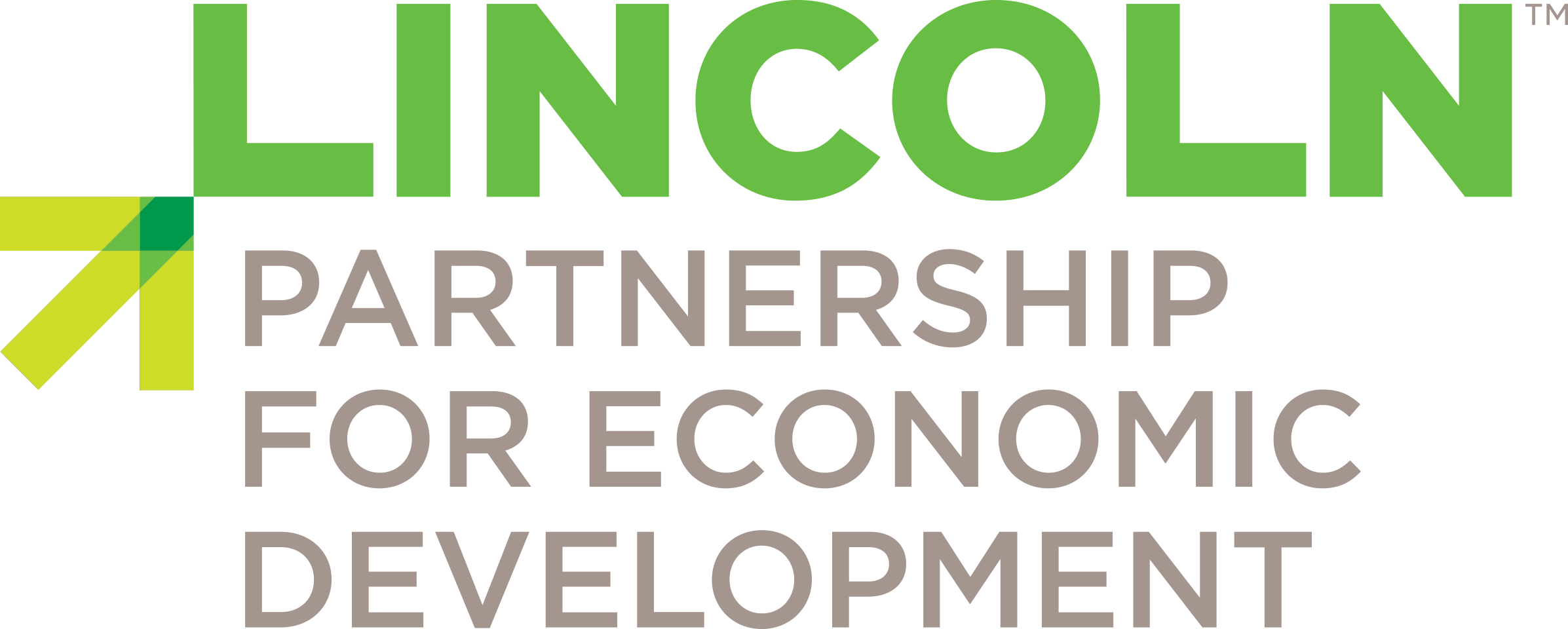This is an op-ed by SPN’s interim managing editor, Tom McCauley, and does not necessarily reflect the views of Silicon Prairie News or its advertisers.
On New Year’s Eve, I listened to a story about the push for a four-day workweek in America. It was eye-opening and provocative.
While we may consider the five-day workweek a phenomenon as natural as the weather, that hasn’t always been so, according to Will Stronge, director of research at the U.K. think tank Autonomy.
For much of U.S. history, a six-day workweek was the norm. It took a long, concerted effort by workers and labor-minded civic leaders—as well as New Deal legislation—to change that. Since then, we’ve come to accept the five-days-on, two-days-off rhythm of working life as a given.
But as the conversation around work-life balance evolves, more companies (e.g., Microsoft) are implementing a four-day workweek—without an attendant reduction in pay. And more people are trying to work for them.
Rumors of a coming 32-hour workweek aren’t new. As early as the 1950s, then-Vice President Richard Nixon predicted that Americans would soon be working four days a week and enjoying fuller lives as a result.
After a three-month trial run, the San Francisco-based tech startup Bolt recently implemented a four-day workweek.
Company founder Ryan Breslow told CNBC yesterday, “A lot of companies operate with a lot of work theater, which is people caring more about the appearance of working than the actual work.” (Italics mine.)
Breslow said a companywide survey revealed that 94% of employees wanted to keep the 32-hour week. (I’m worried about that other 6%.) Eighty four percent of employees reported improved work-life balance, and 84% reported increased productivity.
Workers use that extra day to take care of important errands, pursue personal projects and just generally decompress. They return to work refreshed, relaxed and ready to rock. And companies are watching how a shorter week translates to increased productivity, higher job satisfaction and retention of talent.
But widespread change comes slowly, if at all, especially with something as fundamental to the flow of our lives as the five-day workweek.
Applying simple arithmetic to the situation, executives may assume that fewer hours worked equals less work done. Underlying that assumption is that as long as people appear to be working, then they must be working.
In the complex algorithms of human lives, however, simple arithmetic doesn’t really work.
Some neuroscientists and productivity experts believe that humans are physiologically incapable of doing more than four or five hours per day of so-called “deep work”—intellectually demanding tasks requiring intense focus—and that it takes a full night of sleep to replenish that capacity.
If that is the case, then even on our most productive days, we might spend three or four hours mired in minor tasks.
Surely, some of those tasks are important. But at the risk of going out on a limb here, I’d wager that many of us probably don’t fill up every non-deep-work minute checking email or holding meetings. (Although if you’re reading this, there’s a fairly good chance that you are an entrepreneur who—either by necessity or compulsion—does spend all of your shallow-work time on that stuff. But I assume you’ve figured out by now that you are a rare breed, and most people are not so driven.)
What’s stopping progress on this issue? Tradition—which, as the saying goes, is just peer pressure from dead people—and the failure to honestly examine the situation are the primary roadblocks. So is the fear of looking unproductive, our culture’s unforgivable sin. (Notice I said the fear of looking unproductive, not the fear of actually being unproductive.)
In a realm as fraught with conformity as the workplace, optics tend to prevail more often than reason.
But during this time of Great Resignation and mass introspection, maybe we should take a cue from Nixon (sic) and give the benefits of a 32-hour workweek a shot.
And then, maybe 70 years from now, we can talk about the three-day workweek.




